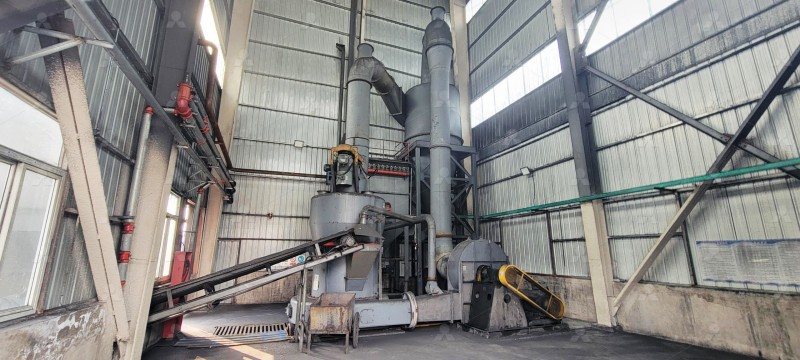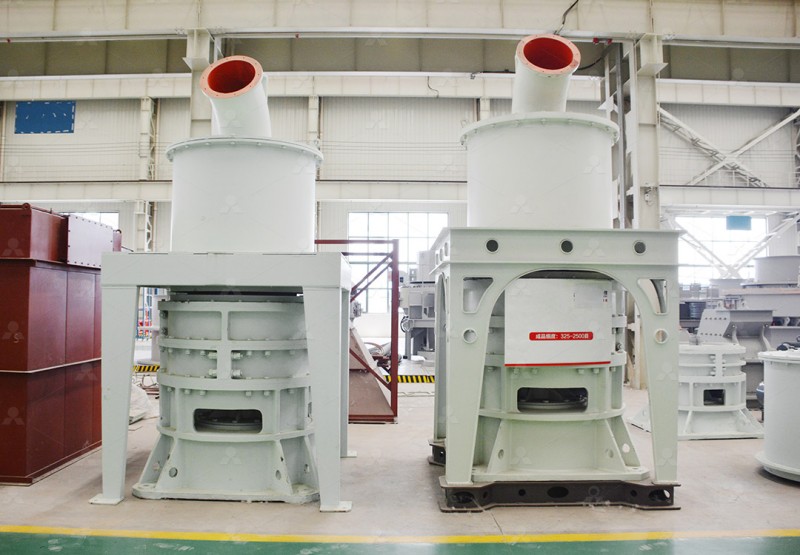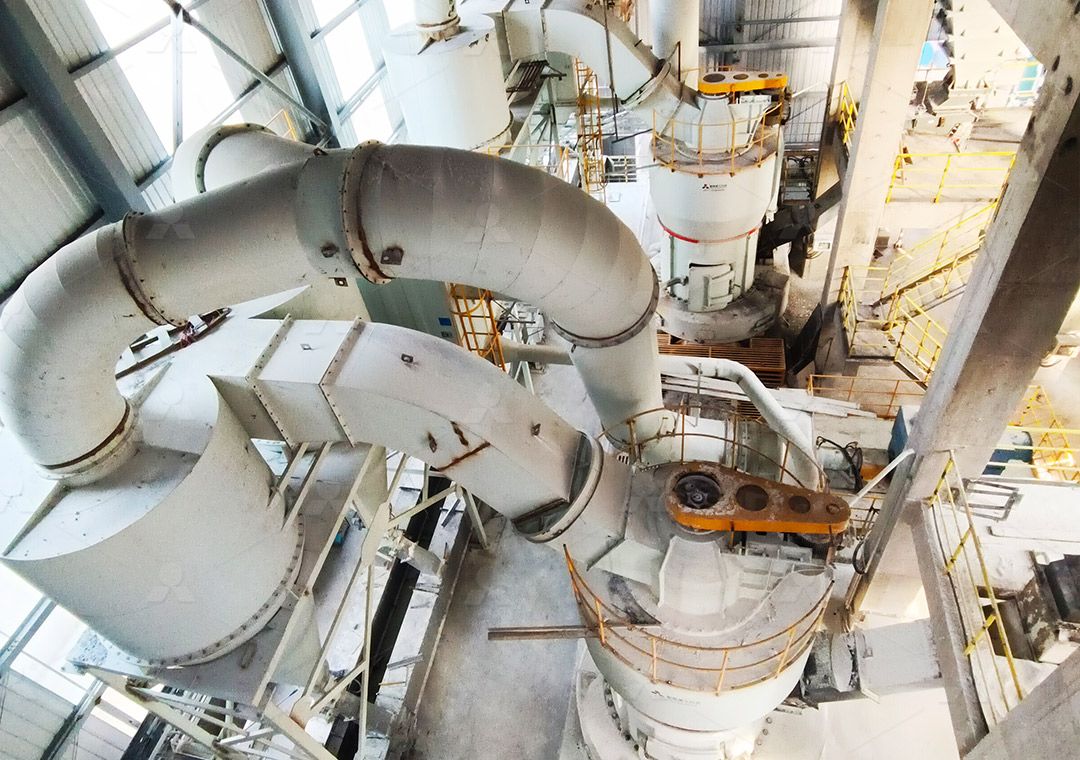Raymond Mill for Grinding Minerals in Zhanjiang, Guangdong
Optimizing Mineral Processing in Southern China’s Industrial Hub
Zhanjiang, a key industrial city in Guangdong province, hosts numerous mineral processing facilities requiring efficient grinding solutions. The region’s abundant mineral deposits – including limestone, barite, and gypsum – demand reliable milling equipment that can deliver consistent particle size distribution while operating cost-effectively.

The Evolution of Mineral Grinding Technology
Traditional ball mills have long served the mineral industry, but technological advancements have introduced more efficient alternatives. Modern grinding systems now prioritize energy conservation, precise particle control, and environmental compliance – crucial factors for operations in Guangdong’s regulated industrial landscape.
Among these innovations, the MW Ultrafine Grinding Mill stands out for operations requiring ultra-fine powders. With an input size capacity of 0-20 mm and throughput ranging from 0.5 to 25 tons per hour, this equipment delivers exceptional performance for minerals like calcite, dolomite, and talc. The integrated pulse dust collector and muffler system ensure compliance with Zhanjiang’s environmental standards while maintaining optimal working conditions.
Technical Advantages for Guangdong Operations
The MW series demonstrates particular benefits for Southern China’s mineral processors. Its innovative grinding curves enhance efficiency, achieving 40% higher capacity than jet mills and double the output of traditional ball mills. For operations processing materials between 325-2500 meshes, the German-designed cage-type powder selector provides unparalleled precision.

Another notable solution for Zhanjiang’s diverse mineral requirements is the LUM Ultrafine Vertical Grinding Mill. Processing materials up to 10 mm with capacities of 5-18 tph, this vertical configuration integrates Taiwanese roller technology with German separation systems. The reversible structure simplifies maintenance – a significant advantage for operations minimizing downtime.
Regional Application Considerations
Zhanjiang’s humid subtropical climate presents unique challenges for mineral processing. Equipment must withstand high humidity while preventing moisture absorption in finished powders. Both MW and LUM mills address these concerns through sealed grinding chambers and controlled internal environments.
The pharmaceutical and cosmetic industries in Guangdong increasingly seek ultra-fine mineral powders with consistent quality. The MW mill’s absence of rolling bearings in the grinding chamber eliminates contamination risks, while the LUM’s electronic limiting technology ensures stable operation – critical for meeting stringent industry specifications.

Operational Efficiency and Sustainability
With Guangdong’s focus on sustainable industrial development, grinding equipment must balance productivity with environmental responsibility. The featured mills reduce energy consumption by 30-50% compared to conventional systems while incorporating comprehensive dust collection. The digital control systems enable precise parameter adjustment, optimizing performance for Zhanjiang’s specific mineral compositions.
Frequently Asked Questions
What grinding fineness can be achieved with the MW Ultrafine Grinding Mill?
The MW mill produces powders ranging from 325 to 2500 meshes, with screening rates achieving d97≤5μm in a single pass. The adjustable cage-type powder selector allows operators to fine-tune output based on specific application requirements.
How does the LUM Vertical Mill handle maintenance requirements?
The LUM features a reversible structure that allows grinding rollers to be easily moved outside the mill body for inspection and replacement. This design reduces maintenance downtime from days to hours, significantly improving operational efficiency.
Are these mills suitable for Zhanjiang’s high-humidity environment?
Yes, both mills incorporate sealed systems that prevent moisture ingress during operation. The negative pressure operation and integrated drying capabilities make them well-suited for Guangdong’s climatic conditions.
What minerals are commonly processed with this equipment in Southern China?
Local operations typically process limestone, calcite, dolomite, barite, talc, and gypsum. Both mills handle these materials effectively, with the MW series particularly suited for ultra-fine applications in cosmetics and pharmaceuticals.
How do these mills compare energy-wise to traditional ball mills?
The MW Ultrafine Grinding Mill consumes approximately 30% of the energy required by jet mills and significantly less than ball mills. The LUM Vertical Mill reduces energy consumption by 30-50% compared to conventional grinding systems.
